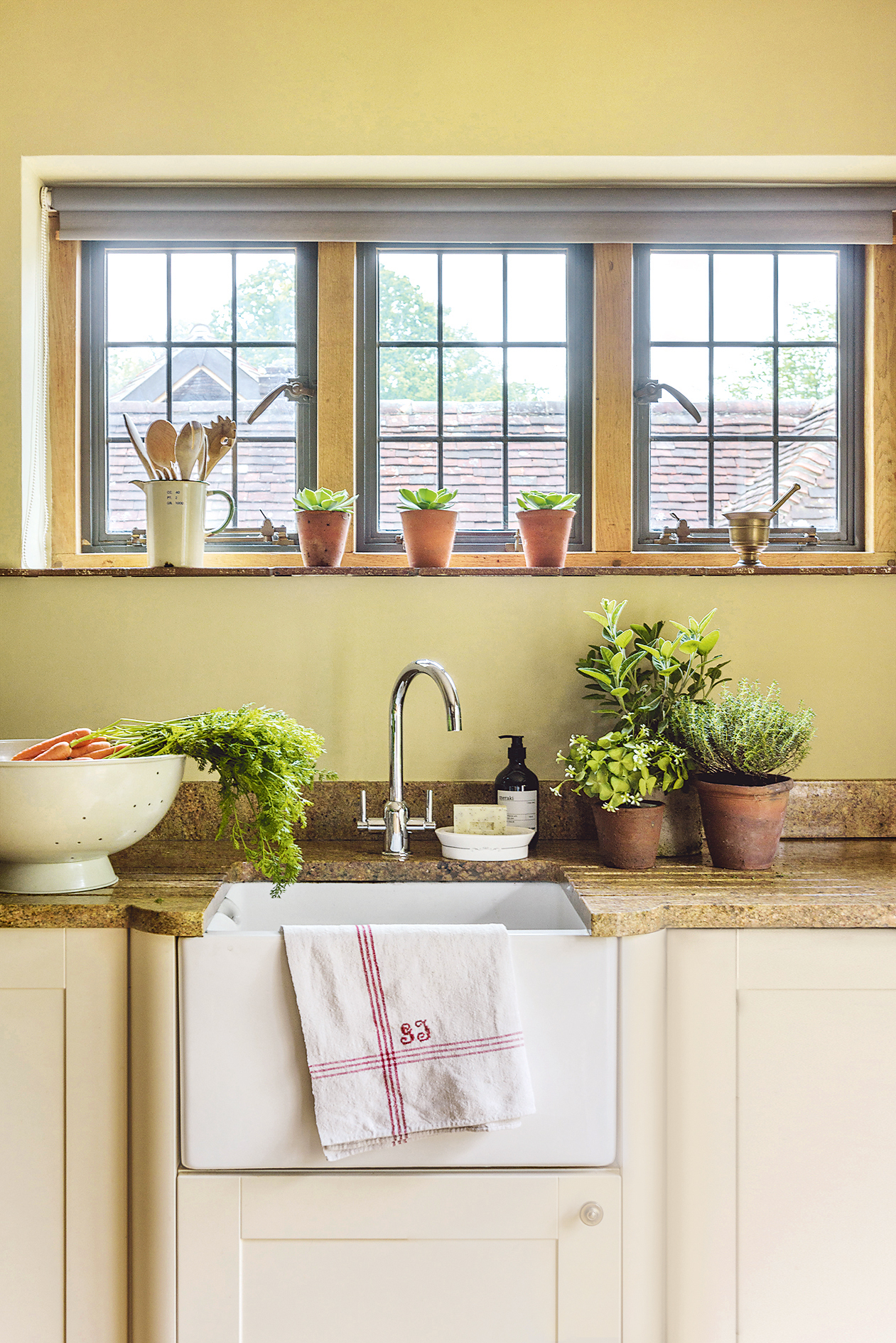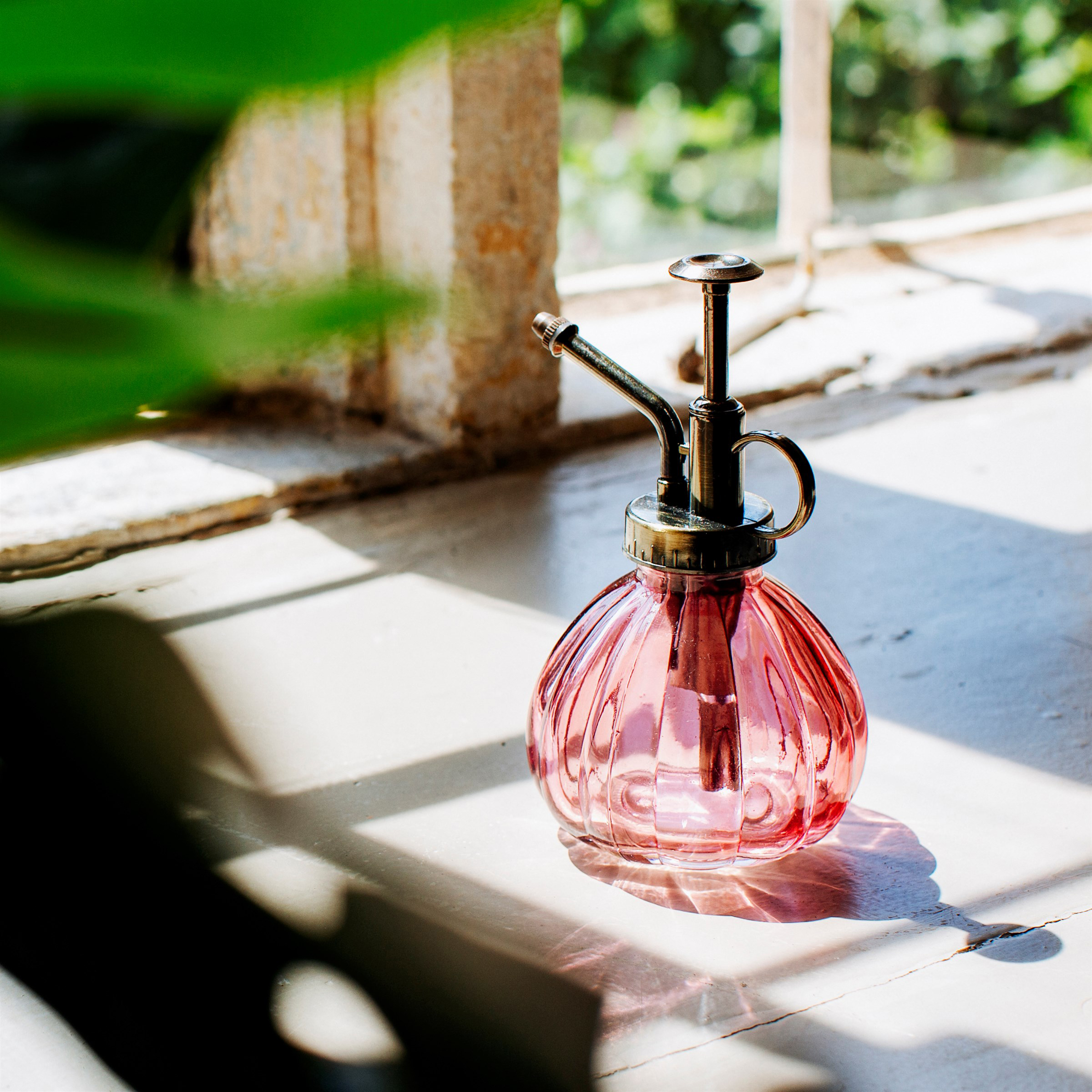6 of the biggest indoor plant mistakes – are you guilty of making them?
If your indoor plants aren't Instagram worthy, find out what you could be doing wrong and how to get your house plants back to their best


Bought yet more indoor plants to add to your house plant collection only to find you've chalked up yet more casualties on your 'indoor plants I've killed list' just a few weeks later? If the above scenario sounds all too familiar (we feel your pain), then we're here to help you keep them alive, and rescue your bank balance in the process.
Different varieties of the best indoor plants require different treatment but all have the same basic needs: light, water and nutrients. While one plant needs bright light and plenty of water, however, another one won’t. Most love being grouped together but this doesn’t mean all plants fit into this scenario, and neither do they like being moved around once they’ve settled into their happy place.
When it comes to light, you need to decide what house plants to put where according to their needs. A bright room suits nearly all plants but a space that doesn’t get much natural light is more problematic. Never put plants in a draughty position or near a radiator as both are sure fire ways of stressing them.
So the key thing to remember is that plants aren’t all the same when it comes to their individual needs. Make sure your plants stay healthy with our easy guide on what to look out for, then get inspired with the latest trends by heading over to our indoor plants ideas feature.
Mistake 1: your plants aren't getting enough light

Dark colours absorb light so if you’ve chosen that inky midnight blue that everyone’s loving for their walls right now it might not be the best choice for your plants. All plants need light to grow and yours won’t survive light levels that are consistently too low. If the leaves on your plants start to go yellow and drop off regularly or the potting compost always seems damp even though you haven’t watered lately this could be because your plant needs more light. Think about which variety of plants you put in a room with dark walls or one lacking in natural light. Plants with tough foliage like mother-in-law’s tongue and arum ferns will do best.
Mistake 2: your plants are getting too much light

It’s tempting to line up plants on a sunny windowsill but it could end up being their downfall (except for cacti and succulents as they always love a sunny spot). If you put plants in direct sunlight in a spot that faces south, the leaves could wilt and the tips might even go brown because of ‘scorching’. This can be an issue particularly in summer. The compost will often appear 'over' dry as well. Remember if you have pale colours on your walls this will bounce even more natural light around the room, as will an expanse of glass windows or doors. If this is your interior look choose a shapely fiddle-leaf fig, stripy calathea or orchids, which all need plenty of light.
Want to include succulents in your indoor plant collection? There's plenty of tips on how to grow succulents in our guide to get you started on the right track.
Mistake 3: you're overwatering your plants

It’s easy to swamp your plants with water when you realise it’s three weeks since they last saw a drop so they’re looking a little fried round the edges. Then you leave them sitting in an inch of water to compensate for your bad plant parenting, which is the last thing you should do. Or alternatively you can’t resist topping them up with a drink every time you walk past. It’s easy to spot a plant that’s battling against being waterlogged as the leaves start to look a little pulpy, and in the worst case will start to smell of mildew. Other clues are tell-tale brown patches and leaves being shed rapidly. This means it's time to step away from the watering can!
Mistake 4: your plants are parched – frequently

This fail is easy to spot: if the compost looks compacted and brittle you need to water. When you turn on the central heating in autumn you need to take extra care with your plants and not let them dry out. Look at the leaves for clues too. If they have turned brown or yellow, look dry and curled up, or are wilting drastically you need to up your watering game. If a plant dries out it becomes weakened and won’t look its best. Remember that plants need more water in spring and summer as it’s their peak growing season but in winter you can knock back while they rest. Set yourself reminders and aim for consistency. Treat yourself to a small long-spouted watering can that looks good so can be left out and you won’t forget.
Mistake 5: you're not feeding them at the right time

During the growing season (spring to autumn) treat your plants to regular liquid feeds. Follow the instructions meticulously rather than guessing how their individual needs shape up. Keep a record when you do it so your feeding routine becomes more efficient. In winter you can ease off as they don’t require feeding at all during their resting phase. Free-draining houseplant compost mixes with a balanced range of nutrients to promote healthy growth are available online and it’s a good idea to have a bag on hand to top up your pots every now and then when the soil starts to look a little depleted if your watering has been too energetic.
Mistake six: you don't keep up with regular plant maintenance

Being covered in a layer of dust means your plants won’t look their best. But did you know they won’t photosynthesise properly either (in a nutshell, green up and produce oxygen) and this can affect their health. Clean leaves gently with a damp cloth then spritz with a plant mister. It’s generally easier to get the dust off cacti and succulent leaves with a fine paint brush or cotton bud. If you spot any faded flowers or leaves snip them off right away to discourage build-up of diseased material. If your plants have put on a growth spurt they may need a tidy-up to keep them healthy. Do this at the end of the growing season and only prune off the minimum amount to keep things shapely. Then all should be good in your plant world!
Read more:

Lifestyle journalist Sarah Wilson has been writing about gardens since 2015. She's written for Gardeningetc.com, Livingetc, Homes & Gardens, Easy Gardens and Modern Gardens magazines. Having studied introductory garden and landscape design, she is currently putting the skills learned to good use in her own space where the dream is establishing a cutting garden.
